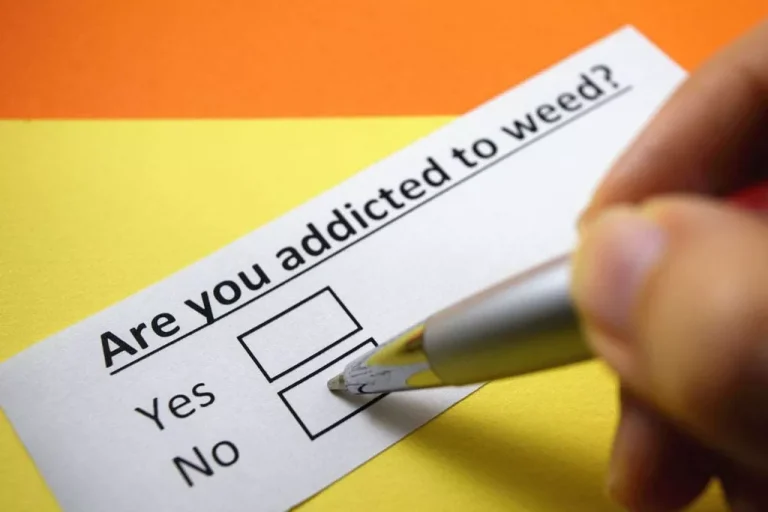
While you can take some infusion medications yourself at home, you’ll likely receive your therapy from a healthcare professional. Sometimes called the “opioid epidemic,” addiction to opioid prescription pain medicines has reached an alarming rate across the United States. Some people who’ve been using opioids over a long period of time may need physician-prescribed temporary or long-term drug substitution during treatment.

Drugs typically given by IV
- It’s common for a person to relapse, but relapse doesn’t mean that treatment doesn’t work.
- Most described cleaning the needle after each use with either tap or bottled water, some noted that there were still visible blood products within the syringe prior to next use.
- Veins have no pulse, and the blood they carry is a deep, dark red because it is low in oxygen.
Opioids are powerful pain-relieving medications, but they also have the potential for misuse and the development of opioid use disorder. You can take prescription opioids orally or receive them intravenously (IV). Risk may be greater with IV use since it puts the opioid right into your bloodstream, heightening its effects.
Meth, cocaine and other stimulants

An experienced injector can walk you through the process of injecting, or perhaps even demonstrate it, and prevent you from making any dangerous mistakes. If possible, find someone who you trust to mentor you through this process. And talk with other injectors about the various tips and wisdom about injecting they’ve picked up over the years. In most cases, skin ulcers appear as a round open wound or sore on the skin.
Common Intravenous Drugs of Abuse

Access to comprehensive prevention services is essential for all persons who inject drugs. Some drugs, including injectable steroids and hormones, must be injected into a muscle instead of a vein, but heroin and https://ecosoberhouse.com/ other opiates can also be administered using this method. Also, the “rush” that is produced when drugs like heroin are administered intravenously is not experienced by individuals who inject intramuscularly.
- Muscling speed or cocaine is very painful and dangerous, and is likely to cause an abscess.
- Several participants reported no prior knowledge regarding hand and skin hygiene prior to injection.
- Additionally, one participant reported seeking a larger gauge needle due to difficulty finding a vein.
- A healthcare professional may deliver IV drugs or other substances through a peripheral line or a central line.
- People who inject drugs account for about 1 in 10 HIV diagnoses in the United States.
- Also, skin-poppers are at greatly increased risk for abscesses, especially if injecting crushed pills or another solution with particles in it.
- More effectively identifying those at a high risk of HIVinfection is the key.
When injecting a drug intravenously, the individual introduces a bolus of this substance into the vein, producing a rapid and powerful drug high. The onset of drug effects is about 15–30 seconds for the intravenous route and 3–5 iv drug use minutes for the intramuscular or subcutaneous route. Drug effects from inhaling (ie, smoking) a substance can begin in 7–10 seconds and drug effects from intranasal use (ie, transmucosal absorption) can begin in 3–5 minutes.
Opioid withdrawal symptoms and impact on failure to complete treatment course

When do doctors give opioids by IV?



